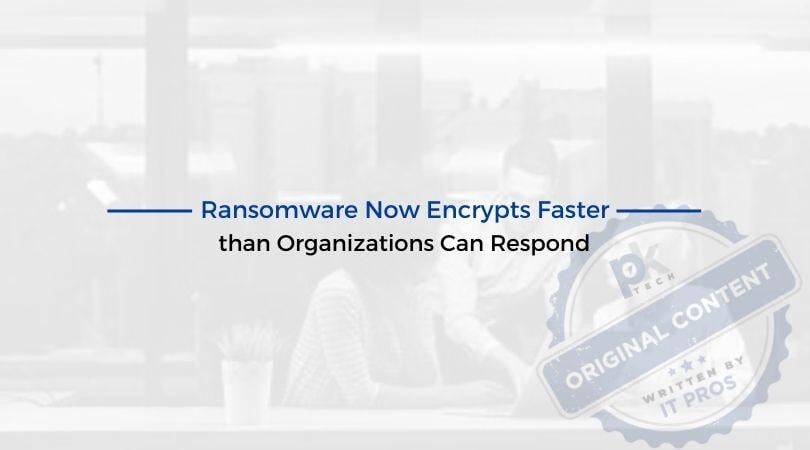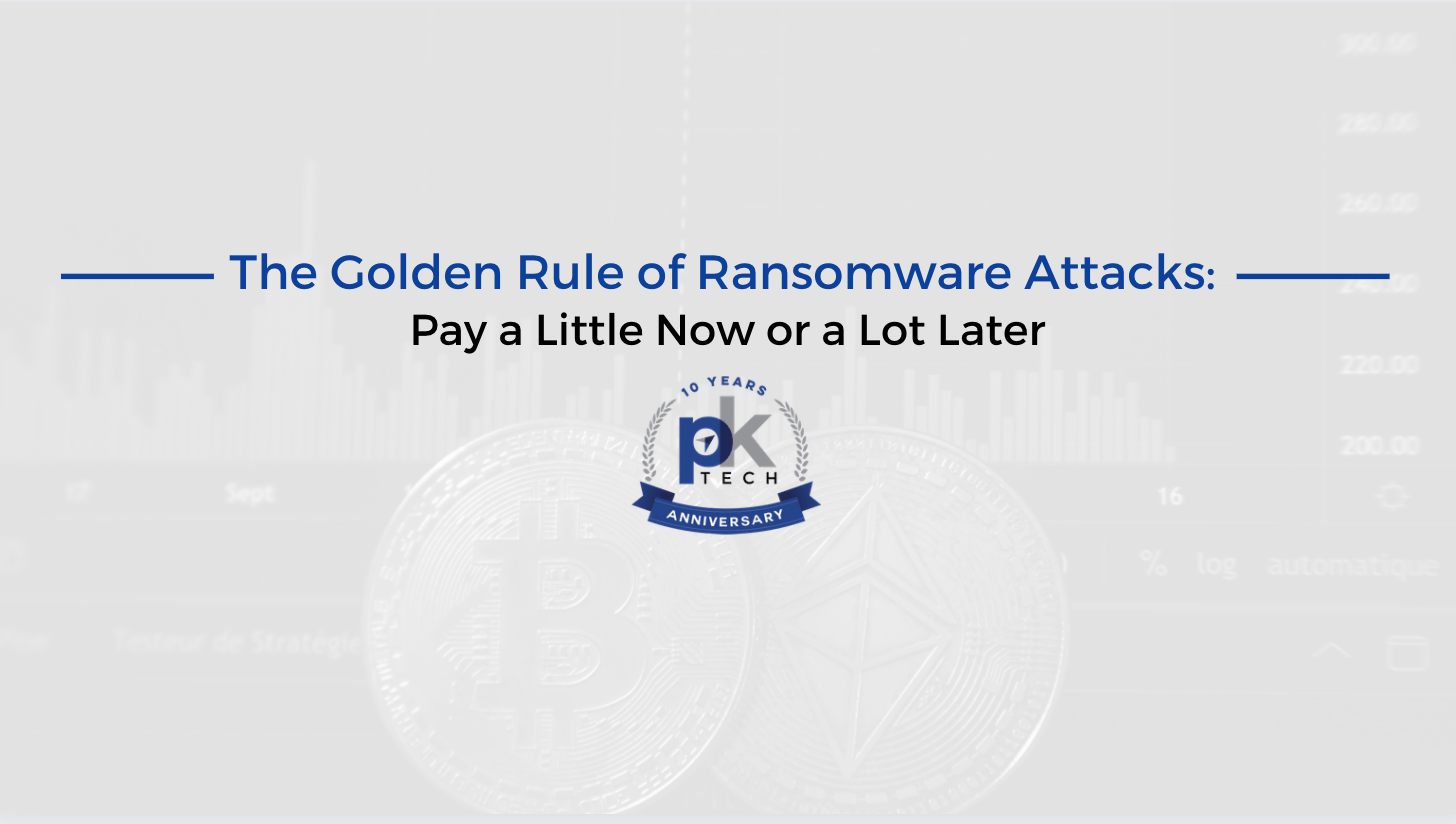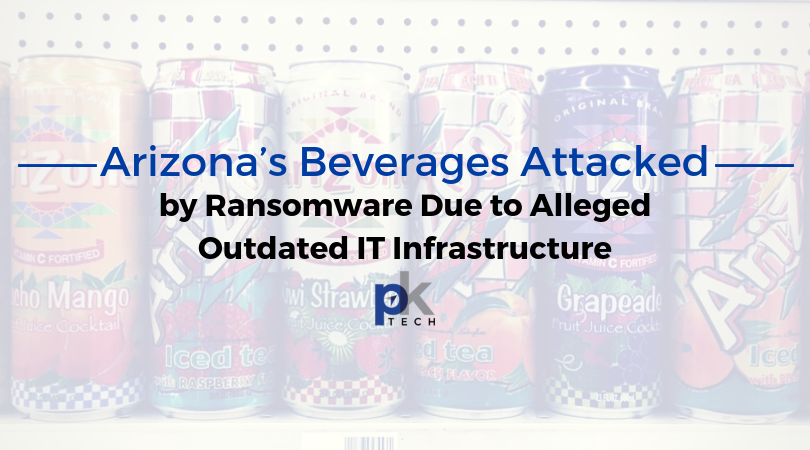The Golden Rule of Ransomware Attacks: Pay a Little Now or a Lot Later
Yet another notable ransomware attack recently hit the news: Pottawatomie County paid more than $71,000 to resolve a ransomware attack on their IT...
1 min read
Megan Schutz April 29, 2022

In a recent new study, results found that new ransomware can encrypt at a rate of 54 GB in 43 minutes. Considering that most compromises take roughly three days to be detected, this new finding is alarming and makes reactive-based mitigation nearly impossible.
The rate of encryption directly affects organizations’ ability to respond to prevent a total loss of data from an attack if there is no active anti-ransomware protection software in place to combat it.
From a mitigation standpoint, organizations are losing before they even try. Even if a compromise could be detected within that short of a window, addressing or stopping the threat in under 43 minutes is essentially impossible. Moreover, not all ransomware operates at the same speed, with some variants being faster than others, posing even more challenges to effective mitigation.
The report summarizes one key finding: ransomware is becoming both more unique and more advanced over time.
Now more than ever, preventing ransomware attacks from launching in the first place is the best and only successful approach. Reactive practices, by definition, do not work in preventing attacks. Completely preventing ransomware attacks from occuring in the first place is the only defense worth considering for your organization.
PK Tech services small to medium sized businesses in the Greater Phoenix Area. We provide IT support to a range of industries and business types. If we can support your business in any way, get in touch with our team here.

Yet another notable ransomware attack recently hit the news: Pottawatomie County paid more than $71,000 to resolve a ransomware attack on their IT...

Arizona Beverages, a massive beverage supplier based in New York, is recovering from a massive ransomware attack in March 2019. More than 200...

CryptoLocker ransomware attacks are scary. You’ll suddenly see a note appear on your computer screen stating that your computer is locked or files...